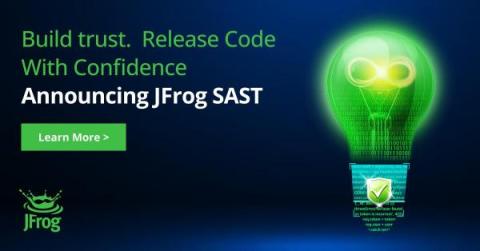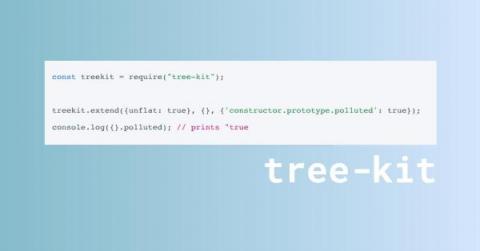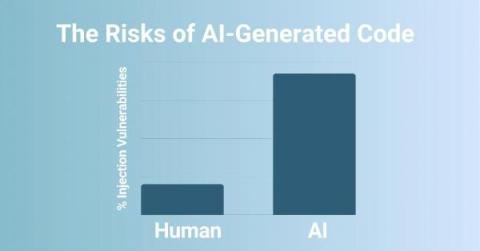What Security Practitioners Can Learn from New SAST Vendor Analysis
Developing and maintaining secure code at scale is hard. Having the right Static Application Security Testing (SAST) solution makes it easier, but how are practitioners to choose? In the following interview, you’ll learn about three emerging trends from detailed analysis of the SAST landscape in The Forrester Wave™: Static Application Security Testing, Q3 2023.











